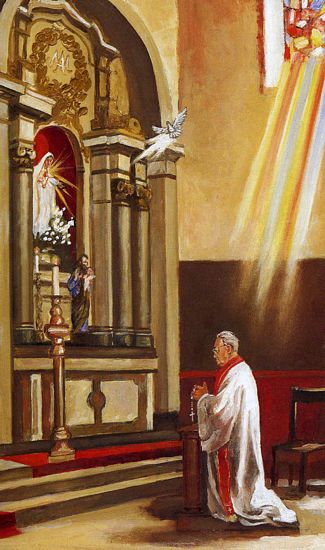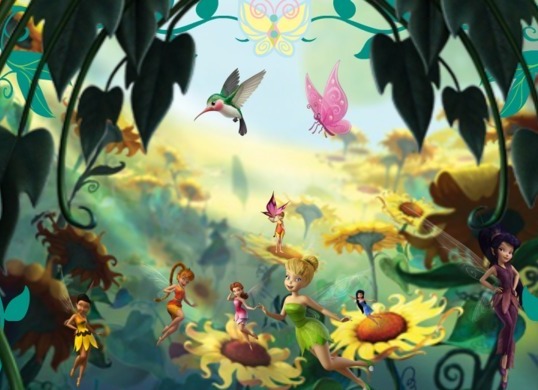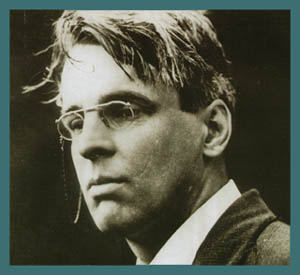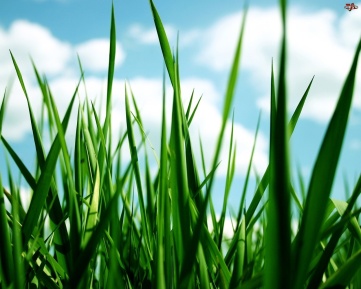“Among School Children” by W.B Yeats is considered as one of the most difficult poems. The subject of the poem revolves around the interpretation of matter and spirit. It was composed by Yeats after visiting a convent school in Waterford, Ireland in 1926. The poem reflects on the theme of meditation of life, love and the creative process and stands out for the poignancy and profundity that it holds.
SUMMARY:
Stanza 1:
“Among School Children” was written after the poet’s visit to a convent school. This is how the poet describes his visit. The poet says that he was received by a nun who wore a white hood. She was assigned the task of showing the school to the poet and to answer his enquiries. The poet saw that the children were learning arithmetic and singing. They were also learning how to read books, how to cut and sew clothes and be neat and clean in everything that they did. The children were also learning history. The poet observed that all these were taught to the children through modern techniques of teaching. The children stared with wonder at the poet- who was then a sixty year smiling public figure to them.
Stanza 2:
The poet then passes through the school and comes across the female students who remind him of another Ledaean beauty, Maud Gonne with her well chiseled Leda-like classic features. The poet stands there in front of those little girls and recalls Maud Gonne that she must have once been a little girl at school too. Yeats recalls an incident when Maud Gonne told him about those petty incidents of reproofs imposed on her by her teachers and how the teachers caused great unhappiness to her and turned her entire into a tragedy. The poet had always sympathized with her till their souls had blended into one like the yolk and white of an egg.
Stanza 3:
The poet thinks of the sad event that his beloved Maud Gonne once told him, he starts looking from one girl to another wondering if any of them resembled Maud Gonne in her childhood. Maud Gonne was even compared to ‘daughters of Swan’ i.e., Helen who was a very beautiful woman. The poet finds resemblance in one of the girls who have the same color of cheeks and hair like his beloved had.
The poet’s imagination runs wild and he sees his beloved standing before him as a living child.
Stanza 4:
The poet, W.B Yeats continues to dwell upon the image of his beloved, Maud Gonne. He recalls her when she was an old woman. According to the poet, when Maud Gonne was old, she had hollow cheeks and looked old and decrepit but still she looked beautiful like a piece of some Renaissance art. Then the poet thinks of his own old age. The poet says that though he was not very handsome but he was presentable. But now, he looks like a scarecrow. However, he believes in the idea that no matter how he looks he should have a smiling face. There is no profit cribbing over the loss of youth and beauty. He tells us that we must keep smiling and love the way we are and even if we have turned into a scarecrow, we should be comfortable being a scarecrow.
Stanza 5:
The poet then talks about the mothers who could see how ugly their sons have turned in their old age. If they could see the ugliness off their sons, they would not take the trouble of bearing children. Therefore, in such situations, sons would no longer bring joy to their mothers for the pain they have to bear during childbirth. The ‘honey of generation’ is the drug which makes the new born forgets the memories of pre-natal freedom. Thus, the process of life will continue and mothers too must forget how their child will look in their old age.
Stanza 6:
Here, the poet refers to some of the eminent philosopher’s theories. Plato explained the world as the reflection of God’s ideas. Aristotle whipped Alexander to make him learn but the latter learnt very little from him. Then the poet brings up another great philosopher and mathematician, Pythagoras who claimed that he had golden thighs. He was a great musician and claimed that he could hear the musical sound of the planets that moved around the orbits. What the poet wants to say is that all these qualities of these philosophers were of no use to them. They could stop old age from coming. Despite, being so knowledgeable and wise, they became old with time and looked like scarecrows. Hence, time is omnipotent. The poet concludes that it is useless to mourn over the loss of youth and beauty.
Stanza 7:
The poet talks about holy nuns and mothers who worship illusions and mere phantoms. The images that saints worship are different from the images that are worshipped by mothers. The images in the churches which are lighted by candles are made of marble ad bronze but the images worshipped by mothers are of human figures. Both the images cause grief to their worshippers. Sons break their mother’s heart by growing old and stones cause grief by never changing. Therefore, neither the living nor the non-living gives any permanent satisfaction to their worshippers.
Stanza 8:
In the last and final stanza of “Among School Children”, the poet compares life to a chestnut tree. He says life is made up of opposites, very much like the chestnut tree which has neither leaf, nor blossom, nor trunk but a combination of all three. Similarly, the poet says that dancing movements of a human body cannot be separated from the dancer. The dancer and her dancing movements cannot be separated from each other. The body should not be tortured for the sake of the soul and vice versa. Both of them should exist in harmony.
ANALYSIS:
Structure:
The poet comprises of eight stanza each containing eight lines and employs a rhyme scheme, ababaabcc, known as ottava rima.
Style:
“Among School Children” by W.B Yeats is well known for the gracefulness and the flexibility of the language it holds. There is also a dramatic coherence in its construction. The excellence of language of the poem is peculiarly Yeatsian. No matter how prosaic his words are, they are also luminous and noble.
Some online learning platforms provide certifications, while others are designed to simply grow your skills in your personal and professional life. Including Masterclass and Coursera, here are our recommendations for the best online learning platforms you can sign up for today.
The 7 Best Online Learning Platforms of 2022
- Best Overall: Coursera
- Best for Niche Topics: Udemy
- Best for Creative Fields: Skillshare
- Best for Celebrity Lessons: MasterClass
- Best for STEM: EdX
- Best for Career Building: Udacity
- Best for Data Learning: Pluralsight
















The World will tear us apart as we tear apart each other the poem is the phenomenon of Today’s world that how we are separated and how nothing will remain same.
To me it’s just a reflection of an older man on the passing of time.
He also creeps in the soul of women and imagines what a child means to them.
I am not sure if Yeats had children. At any rate he is wrong in thinking that a woman’s love for her children can ever stop.
I found the passage “honey of generation.. drug decide difficult to understand.